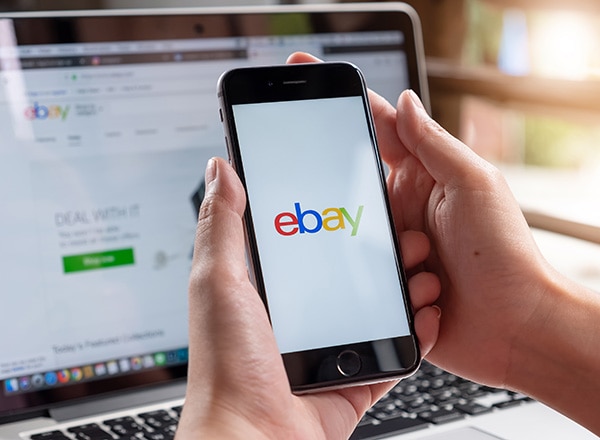Should I create my own SKUs or let Amazon do it?
Most small business merchants selling on Amazon recommend creating your own SKUs for product listings as a matter of best practice. Let’s consider some of the disadvantages of letting Amazon generate SKUs for you, versus creating them on your own.
Amazon-generated SKUs:
- If you are selling the same products on two different Amazon stores, Amazon will assign different SKUs to those products. So, on one store the SKU for a small blue t-shirt could be ST-21-GRO-5, and the same product on another store could be XY-52-ZTW-06. Keeping track of the number of units sold across channels then becomes challenging.
- Amazon-generated SKUs will be meaningless to you and your team and therefore hard to recall especially as your inventory grows. One of the benefits of having SKUs is that it provides a quick way to search for products—long meaningless codes detract from that purpose.
Generating your own SKUs:
- You can easily group together items that are selling well.
- You can create a comprehensive product identification system that includes type of product, size, color, and even which collection the item belongs to, so that you are able to identify the product with a single glance. For example, the SKU for a small red floral t-shirt from your summer 2019 catalog could be S19T-FLO-RS. An added benefit of designing an SKU system this way is that it is easily expandable.
- You can standardize your sales reporting across channels for greater visibility into sales by season, channel, and product.
While there are many obvious upsides to creating your own SKUs, doing so for a large number of products is tedious work for new sellers. One way to simplify the process is to use tools such as QuickBooks Commerce, which can generate SKUs for your entire product catalog. This makes stock availability easy to determine and searching for products simple. Plus, it can help you easily identify your most profitable products when you run reports in the future.
Note: If you’re new to selling on Amazon or e-commerce in general, take the time to learn more about your fill rate and filing taxes, in addition to optimizing your SKUs.















